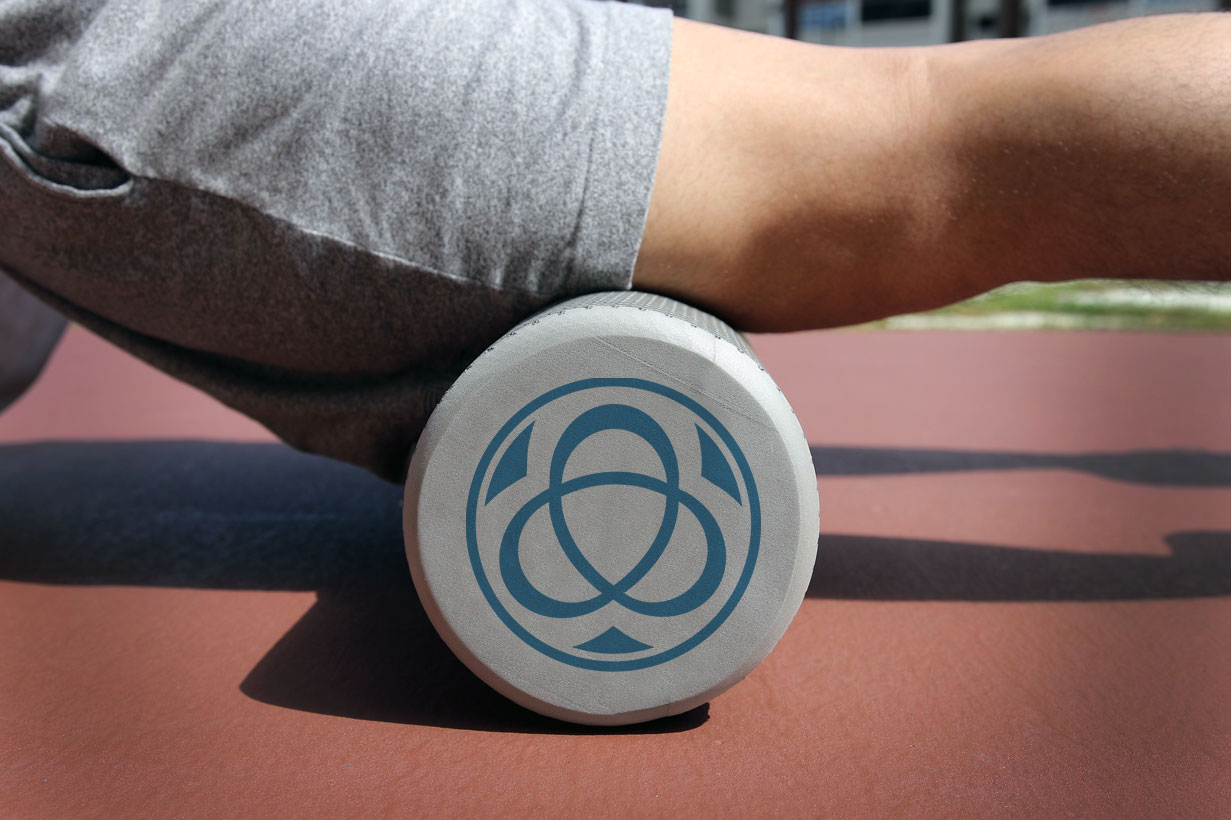Foam Rolling: The miracle cure for fatigued muscles?

There’s one thing all exercise has in common, from swimming to dancing, CrossFit to cross-country skiing - all of it works your muscles and tires them out. This is a good thing, of course, because while those muscles are getting tired, they’re also getting stronger and supporting your entire frame. But man, can they get sore after a serious workout.
Over the last few years, foam rolling has gained popularity as an alternative to sports massage. Commonly known as self-myofascial release, the theory goes that, by applying the foam roller to various muscles after a workout, you can help improve your circulation and flexibility, while helping to reduce inflammation and the stiffness associated with exercise.
But is foam rolling, or SMR, really as effective as it claims to be? Researchers at the University of Hamburg’s Institute of Human Movement Science decided to put them to the test and find out if they really hold any value for the amateur or professional athlete.
The University’s team, comprising Jan Schroeder, Linda Lueders, Mike Schmidt, Klaus-Michael Braumann and Karsten Hollander, worked with a team of twenty volunteers, all of whom were in good health during the trial, to test a variety of soft-tissue effects relating to foam rolling. Each volunteer performed knee extension exercises to the point of fatigue, and were given foam rolling treatment before and after, as well as for three days following the workout.
The results were quite conclusive, with close to identical outcomes for each of the twenty volunteers - the foam rolling showed significant interaction with the soft tissues, across all the measurement parameters. In other words, they showed no positive benefit to the muscles or connective tissue as a result of foam rolling. If you want to read the whole study, you can find it here.
But what about all those who tout its benefits? Well, the study showed no negative effects, either. The conclusion is that, while some people may find that it feels good while they are foam rolling, and it isn’t actually doing them any harm at all, it also isn’t doing them any good - at least not in terms of all the hype.
What should you try instead? First, you can try active recovery, by cooling down while in motion. Instead of just ending your workout, slow down and allow your muscles and joints time to come back down to normal. This reduces the amount of lactic acid build-up, which means less stiffness and pain. You can also opt for a sports massage, especially if you are a high-intensity athlete, or a professional sportsperson.
In sports and exercise, there will always be a next best thing, a new product someone will try to convince you is the best option, whether it’s for making your workout more effective or to help you recover after. But remember this: your body is its own best friend, and movement will always be a better option than some gadget or accessory.
